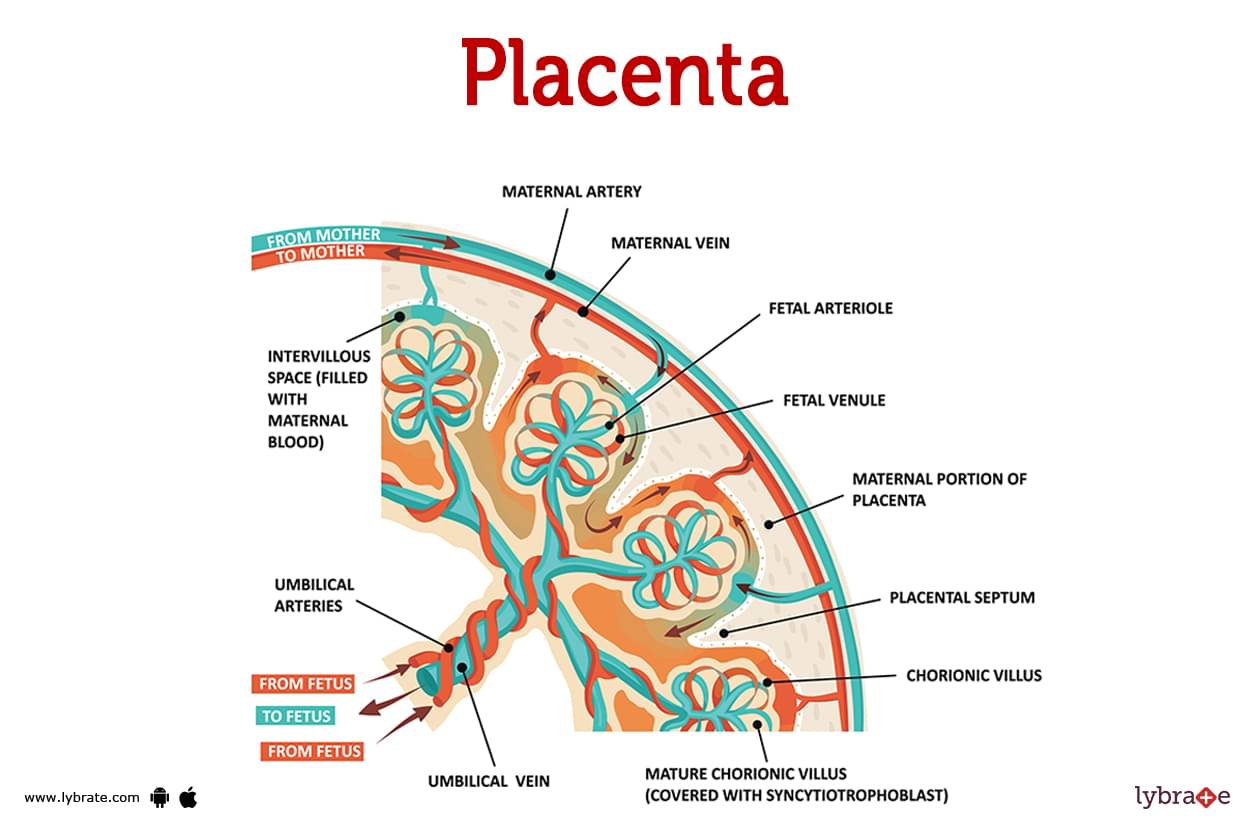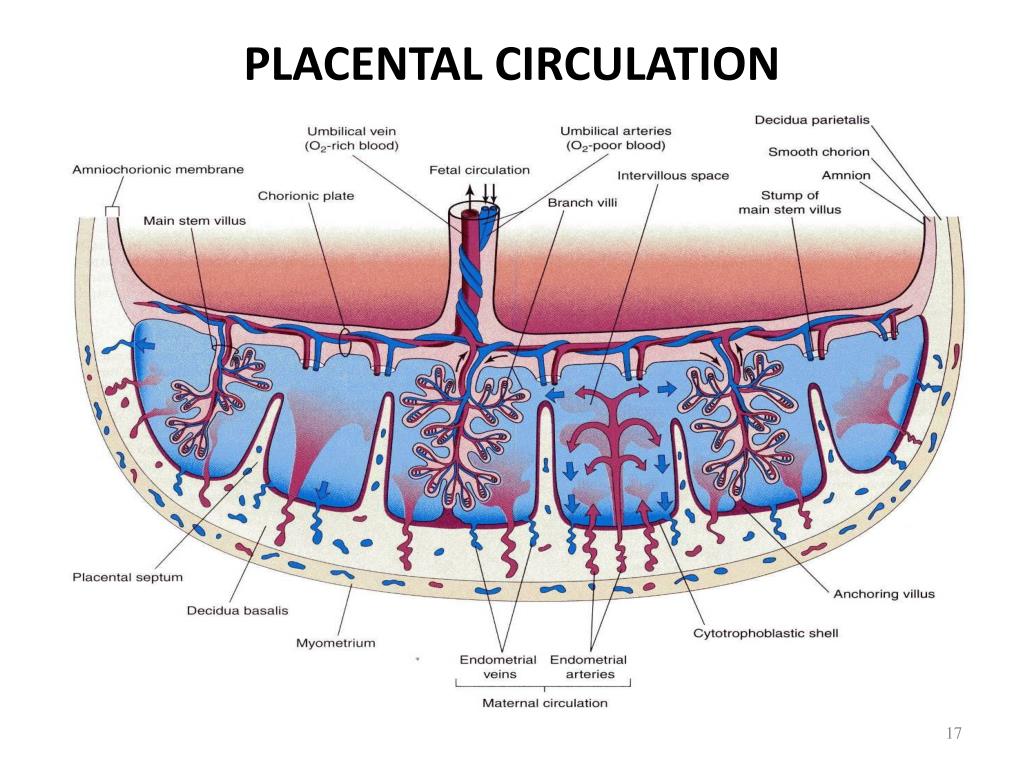Placenta And Umbilical Cord Diagram Biology Diagrams During the pregnancy the uterine circulation constantly adapts in order to be adequate for the growing metabolic needs of the embryo. Via the spiral arteries (80 -100 mm Hg) that come from the uterine arteries (Aa. uterinae), maternal blood gets into the intervillous spaces in a region delimited by the anchoring villi.

The placenta is arguably the most important organ of the body, but paradoxically the most poorly understood. These are not displaced until onset of the fetal placental circulation towards the end of the first trimester. Leitner W, Anderson M, Friedman JE, Draznin B. 2004. Human placental growth hormone increases expression of the p85

Hemodynamic aspects of normal human feto Biology Diagrams
Development of the placental vasculature. (A) Placental villi of 6 weeks gestational age prior to onset of the chorionic circulation, showing the presence of nucleated erythrocytes in the developing fetal capillaries (arrowed).(B) Villi at 14 weeks gestational age showing the presence of non-nucleated erythrocytes in the larger vessels within the stromal core, indicative of onset of the Most of the circulation to the lower body is supplied by blood passing through the ductus arteriosus. This blood then enters the umbilical arteries and flows into the placenta. In the placenta, carbon dioxide and waste products are released into the mother's circulatory system, and oxygen and nutrients from the mother's blood are released into

The placenta is a unique vascular organ that receives blood supplies from both the maternal and the fetal systems and thus has two separate circulatory systems for blood: (1) the maternal-placental (uteroplacental) blood circulation, and (2) the fetal-placental (fetoplacental) blood circulation. The uteroplacental circulation starts with the maternal blood flow into the intervillous space

Placenta Circulation - an overview Biology Diagrams
The fetal circulation system is distinctly different from adult circulation. This intricate system allows the fetus to receive oxygenated blood and nutrients from the placenta. It is comprised of the blood vessels in the placenta and the umbilical cord, which contains two umbilical arteries and one umbilical vein. Fetal circulation bypasses the lungs via a shunt known as the ductus arteriosus
